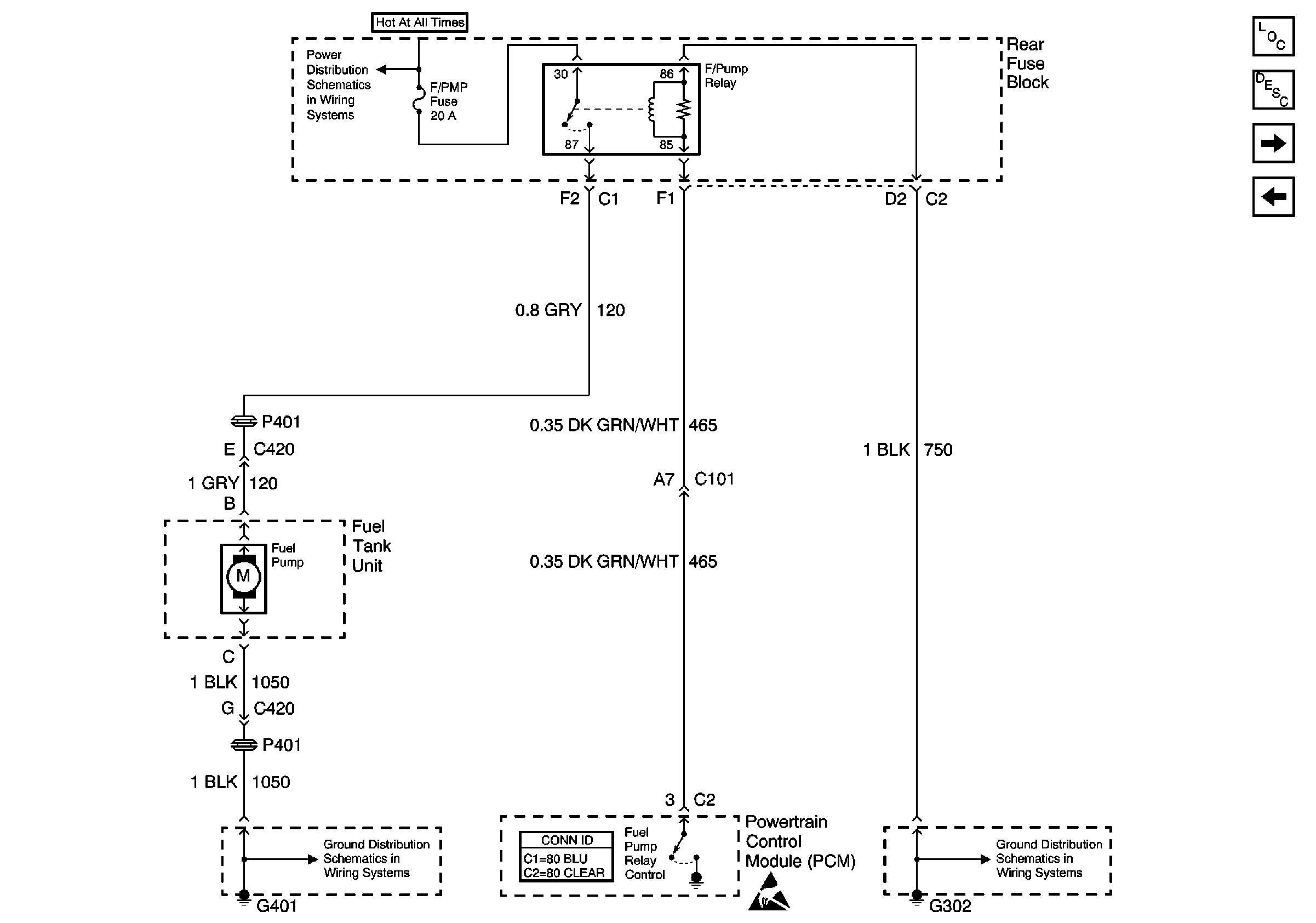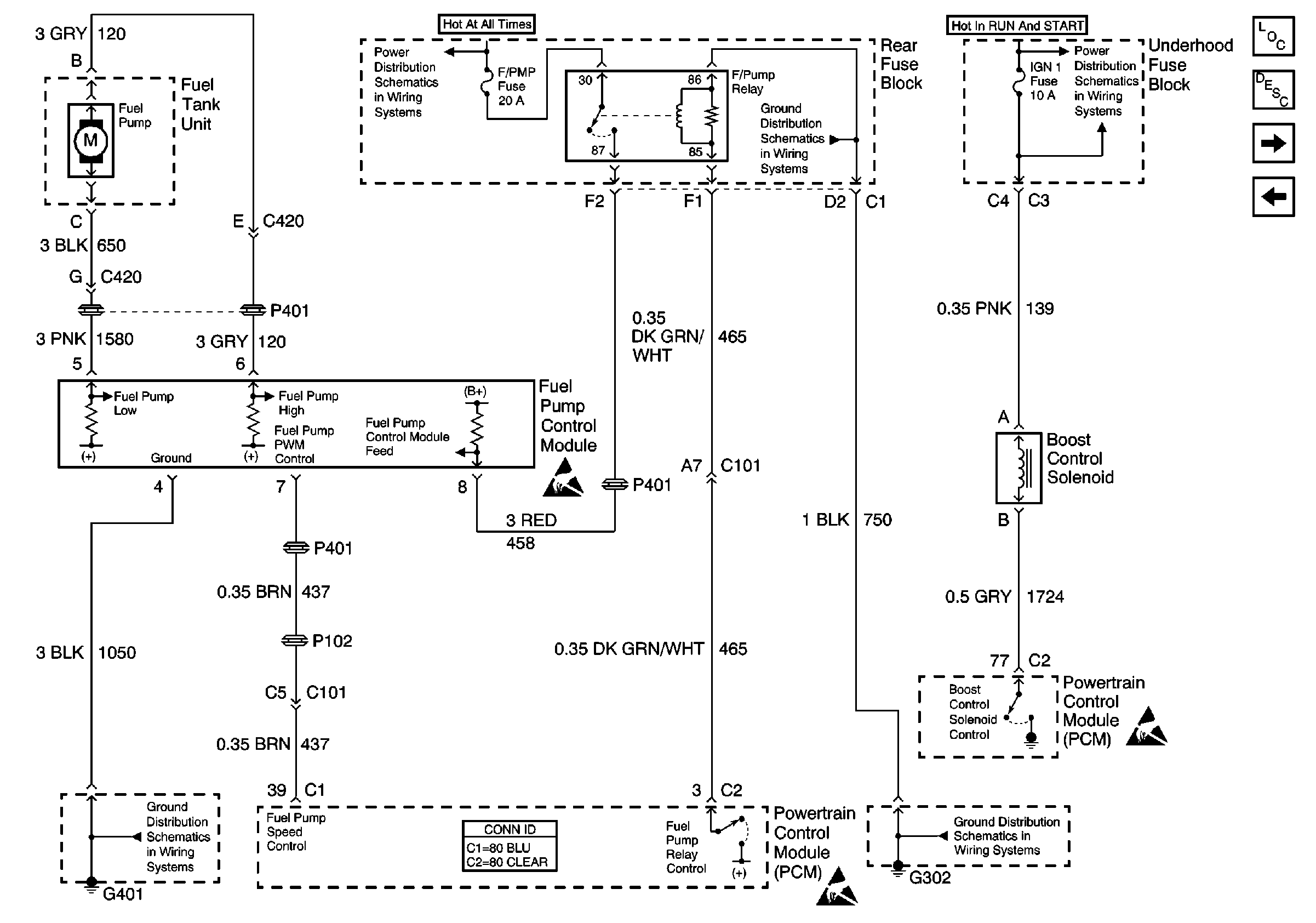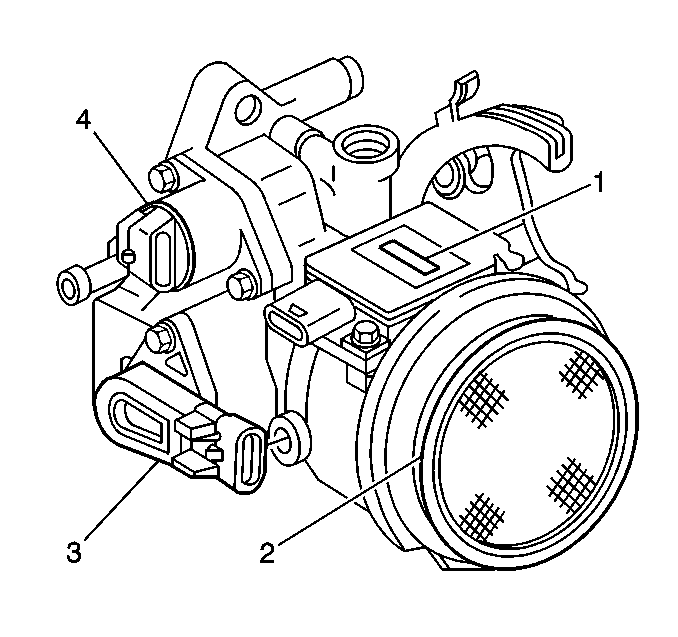Fuel Metering System
Always start with
Powertrain On Board Diagnostic (OBD) System Check
. This will reduce diagnosis time and prevent
unnecessary parts replacement.
Some failures of this system will result in an Engine Cranks But Will
Not Run symptom. If this condition exists, refer to
Engine Cranks but Does Not Run
. This will determine if the problem
is caused by the ignition system, the PCM, or the fuel pump electrical
circuit.
Refer to Engine Controls Schematic
Fuel Pump and Relay, L36

or
Fuel Pump Control, L67

for the fuel system wiring schematic.
If there is a fuel delivery problem, refer to the
Fuel System Pressure Test (VIN K)
or
Fuel System Pressure Test (VIN 1)
. The Fuel System Pressure
Test diagnoses the fuel injectors, the fuel pressure regulator, and the
modular fuel sender. If a malfunction occurs in the fuel metering system,
the malfunction usually results in either a rich HO2S signal or lean HO2S
signal. This condition is indicated by the HO2S voltage, causing the PCM
to change the fuel calculation (fuel injector pulse width) based on the
HO2S reading. Changes made to the fuel calculation will be indicated by
a change in the long term fuel trim values which can be monitored with
a scan tool. Ideal long term fuel trim values are around 0 percent. For
a lean HO2S signal, the PCM will add fuel, resulting in a fuel trim value
above 0 percent and for a rich HO2S signal the PCM will take away fuel,
resulting in a fuel trim value below 0 percent . Some variations in fuel
trim values are normal due to powertrain design. If the fuel trim values
are excessively more or less than 0 percent, refer to
DTC P0171 Fuel Trim System Lean
or
DTC P0172 Fuel Trim System Rich
.
Throttle Body Assembly




